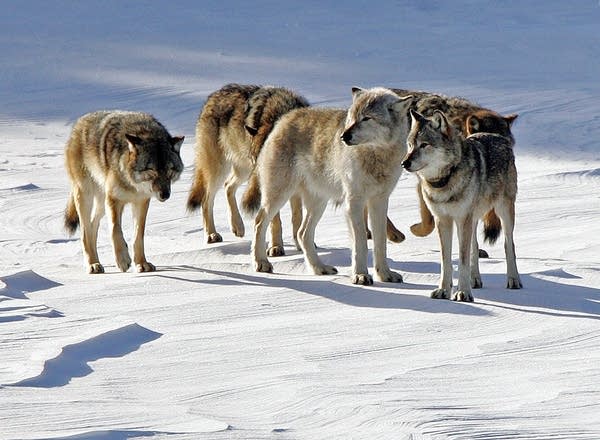Pandemic interrupts longtime Isle Royale wolf, moose study

A pack of gray wolves is shown at Isle Royale National Park in 2006.
Michigan Technological University, John Vucetich via AP 2006
Go Deeper.
Create an account or log in to save stories.
Like this?
Thanks for liking this story! We have added it to a list of your favorite stories.


